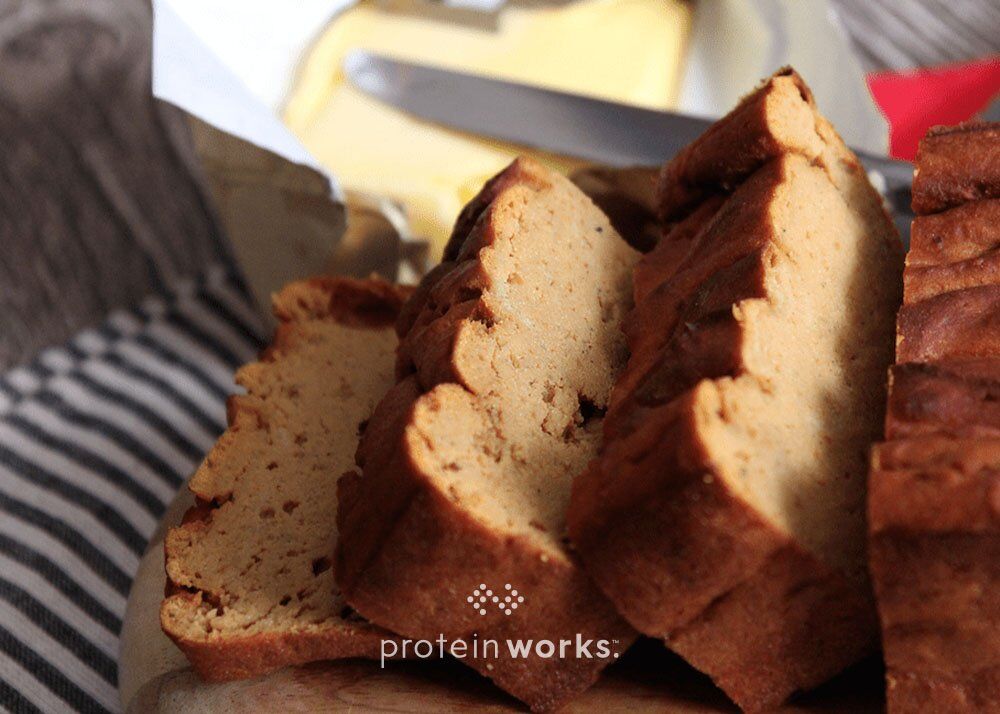
Pumpkin Pie Protein Bread Recipe
Get ready for your kitchen to be infused with the warm, comforting scents of the autumn season. Whether you’re relishing a leisurely afternoon or preparing for a festive gathering, this Pumpkin Pie Protein Bread is bound to become a cherished favourite.
So, gather your ingredients and let’s embark on a culinary journey that celebrates the rich flavours of autumn in every mouth-watering slice.
Check out this delicious Pumpkin Pie Protein Bread below…
Pumpkin Pie Protein Bread
Ingredients
1 can pumpkin puree
1/2 cup Whey Protein Powder
1/4 cup buckwheat flour
1/4 cup coconut sugar
1/2 cup liquid egg whites
1/2 tsp baking powder
1 tbsp vanilla extract
1/2 tbsp cinnamon
1/2 tbsp mixed spice
Directions
1. Using a handheld blender, standing blender, or food processor, blend all of the above ingredients together.
2. Bake at 165 C (around 330 F) – in a silicone bread loaf pan ( 6.5” x 3”) for around 60-65 minutes or until when stabbed with a knife, your knife comes out clean.
3. Let the bread cool before slicing and enjoy a slice – or two – with some butter, nut butter, honey, and/or banana slices.
If you like this, look out for are other Protein Bread Recipes in The Locker Room. Or, treat yourself to a quick and easy treat with our Protein Mug Cake Mix.
3 Replies to “Pumpkin Pie Protein Bread Recipe”
You must be logged in to post a comment.



Do you happen to have the macro/nutritional breakdown of this recipe?
This looked great, but you lost me at “buckwheat flour”. I’m allergic to buckwheat. Can I sub coconut or oat flour for the buckwheat?
Thanks! And thank you for your great site! So glad you figured out the comment issue. 🙂
Hi Nancy 🙂 Any flour should work just fine. Oat flour, rice flour, quinoa flour? They’ll all work in the recipe. It’s only the taste that will be a bit different (especially if you go down the quinoa flour route!) But go with oat flour; I actually like it a lot more than buckwheat anyways! I think it’s creamier and ‘softer’ in flavour, if that makes sense?
PS: Wooohooo to the comments being back indeed!!!